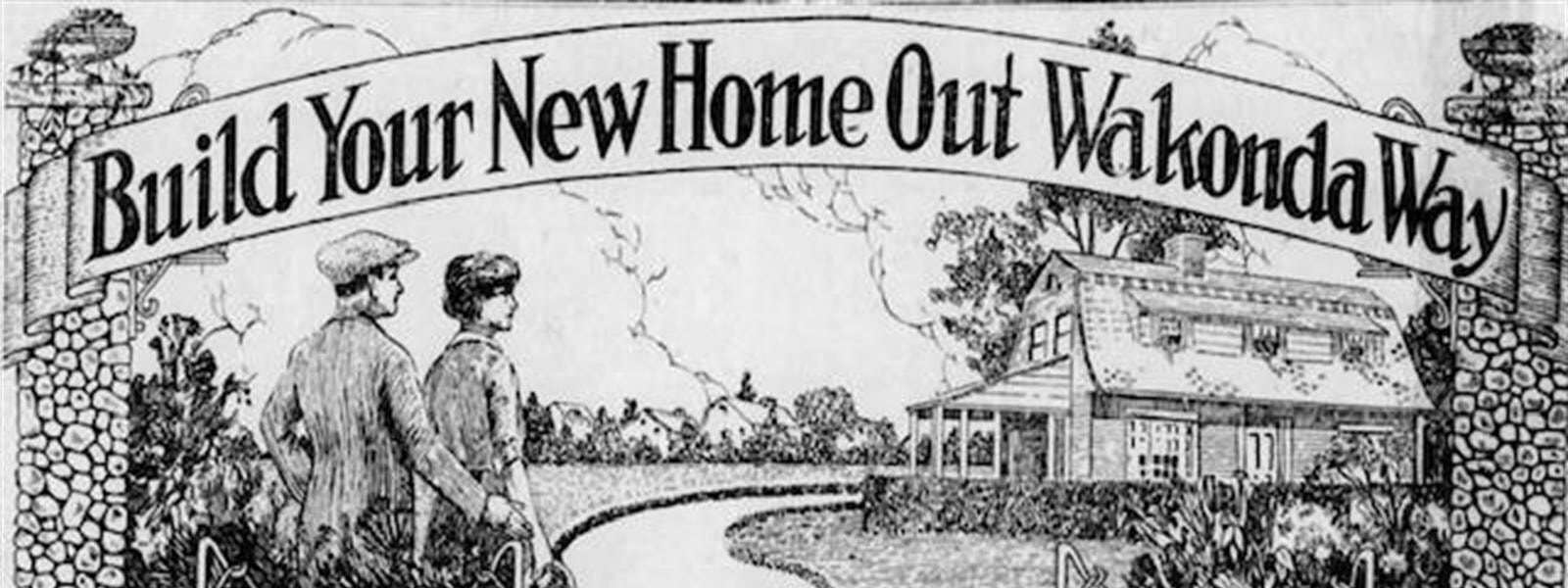The Great Wakonda Fire
Written by Guy R. Cook

Wakonda Club has endured for nearly 100 years of operation, despite many challenges - a great depression, a World War, and a catastrophic fire - just to name a few.
Just 25 years after Wakonda was founded and the magnificent Tudor clubhouse opened, a disastrous fire burned the stately Clubhouse to the ground, as the news reported, “The swank Wakonda Club on the outskirts of Des Moines lay in ruins…”

A violent thunderstorm, with “sharp winds” and 1.83 inches of rain “pounded Des Moines for nearly an hour,” around 7:35 p.m. on Tuesday, July 13, 1948, during which a “bolt of lighting struck the clubhouse roof at the northwest gable wing, near the chimney” and started a fire. The fire “spread quickly through the building” and “several short circuits in the wiring were believed to have caused simultaneous fires.” Club hostess, Addie Cockayne, said, “Blue flames shot everywhere and then smoke and sparks began to shoot from the electrical connections.” Club manager Paul McBride and engineer Clyde Paye discovered the main fire “burning in the attic right below the gable struck by the lighting bolt.” Manager McBride said, “When the lighting hit, the clubhouse seemed to jump under us.”
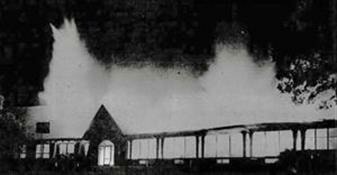
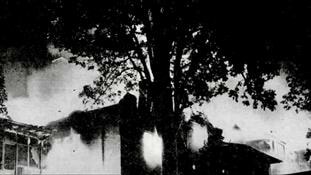
Just prior to the lighting strike and fire, a United Airlines DC-3 overshot the Des Moines airport runway in the storm and the “fire siren blew.” At nearly the same time “the pillar of fire and smoke from Wakonda was observed as the airport siren blew.” Those awaiting the overdue plane believed for a short while that the “ship had crashed and was burning on the Wakonda club grounds.”
When the lighting struck, there were more than 60 members and guests and 40 employees in the Clubhouse. Police reported the severe storm that preceded the fire left “two or more feet of water on the road to the club.” The “two-alarm fire” was “visible from downtown buildings” and brought under control after 65 fireman with eight pieces of equipment battled the blaze.” The firemen were aided by 25 members of the Iowa Air National Guard, who brought the airport fire equipment to Wakonda. Hundreds of spectators “crowded the Wakonda grounds, drawn to the scene as flames lit up the low hanging storm clouds.” By the time the fire was under control, only the brick walls were left standing. Five firemen were injured, two seriously, when a section of the east wall collapsed.
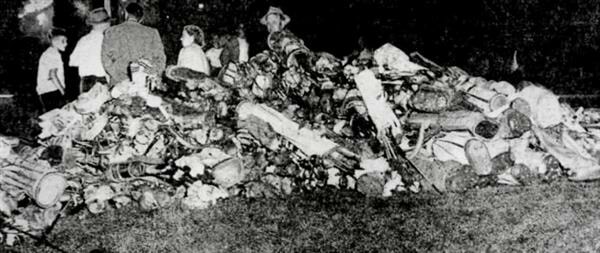
Four families, general manager Paul McBride, engineer, Clyde Paye, Chef, John Dixon, administrator Dave Hutchinson, and their wives and other individuals living in the clubhouse “lost most of their belongings in the blaze.” Chef Dixon and his wife said they “only had time to make one trip to our room” and “grabbed some clothing and stuck it in the refrigerator in the kitchen.” Dick Masimore, who manned the grill, said his loss “included quite a bit of new clothing,” including “one new suit that I hadn’t even worn yet that I just got two days ago.” The McBride’s “lost a complete set of furniture” delivered just a week before the fire. On the day of the fire, 36 new lawn chairs had been delivered and put down beside the pool. During the fire, member Edward Baker saw some “hoodlum spectators, junior grade, dragging the new chairs through the bushes and making off across the golf course.” In the pouring rain, Baker “loudly shamed or frightened the looters” into dropping the furniture. Baker took off his shoes, “sloshed about” and “carried the chairs back to the pool, stacking them in a safer place.”
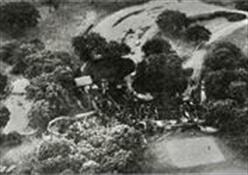
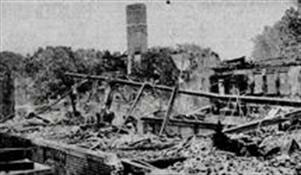
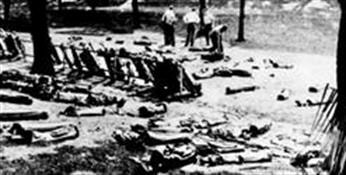
The Pro Shop, then located in the basement of the northwest corner, was “virtually untouched by the flames, but had water damage.” Caddy Master Charles Sullivan and caddies at the Club, however, formed a brigade to save golf clubs, heaping the golf bags in a large pile out of danger of the fire. The Hopkins Sporting goods store took out a newspaper advertisement following the fire “to express sincere regret to the members of Wakonda Club over the loss of their lovely clubhouse” and offered to help the Club members. The morning following the fire, the police “had their hands full” with members “who drove to the clubhouse to search for belongings in the ruins.” Except for some damage to the 18th hole “where crowds of fire watchers churned the grass and green into mud,” the course remained open for play after the fire.
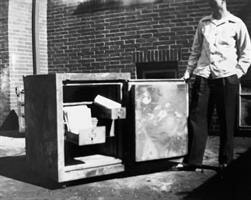
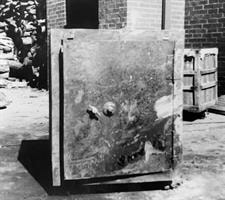
Following the fire, Club President, Francis B. Dickinson, called a meeting of the Board to “promptly consider temporary facilities and plans for rebuilding.” A design for a new Clubhouse was approved in February 1949. The new clubhouse was built on the foundation of the original structure at a cost in excess of $300,000.00, equivalent to nearly $3.5 million in today’s dollars. Rolland “Tip” Harrison, of the prominent architectural firm of Wetherell and Harrison, designed the new Clubhouse, with one story locker room wings to “be used as terraces or later when the need arises for a second story.” The formal opening of the new Clubhouse was February 5, 1950.


